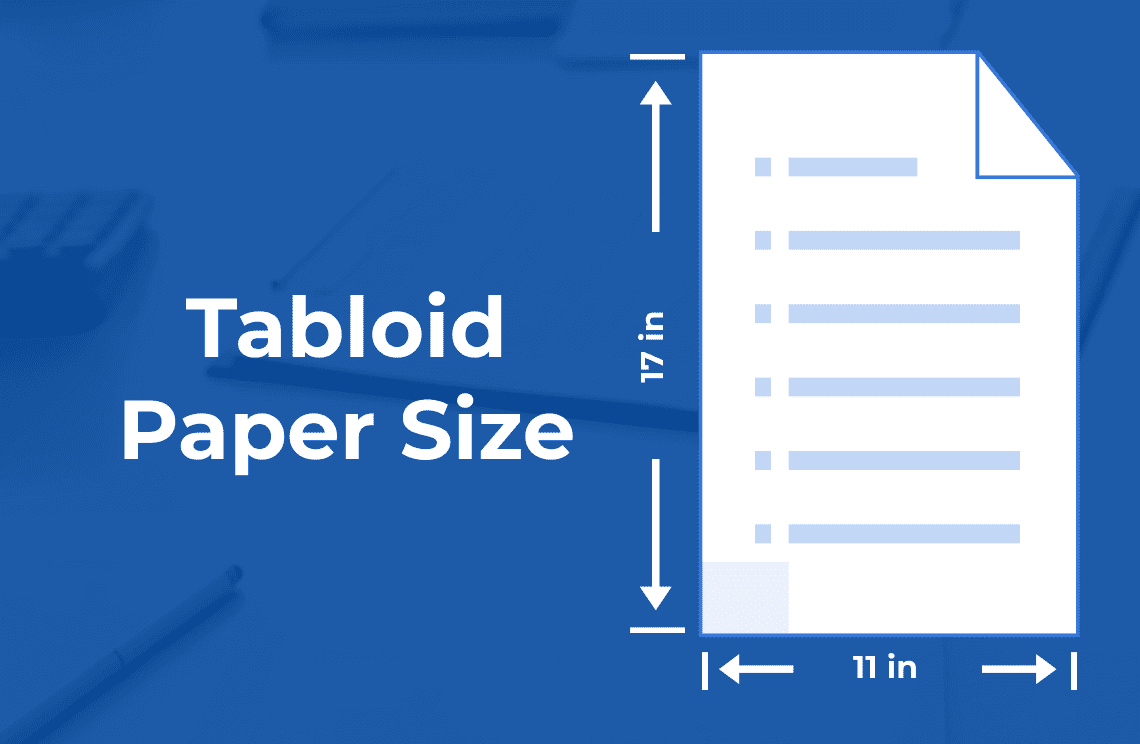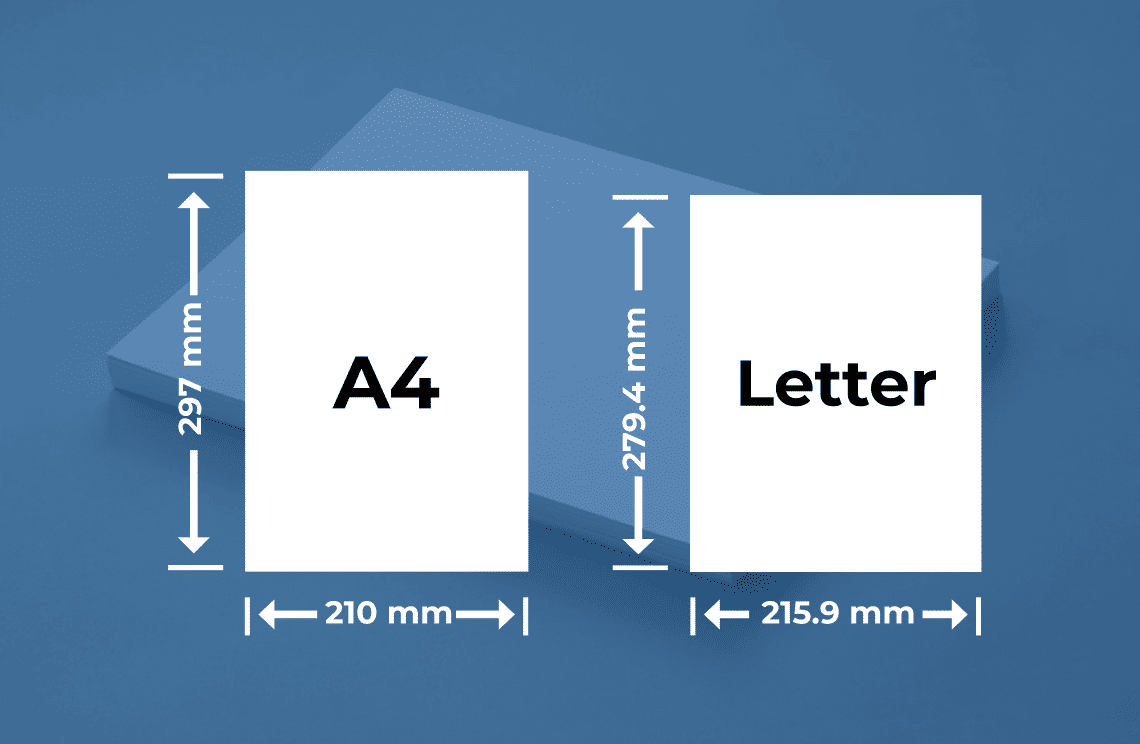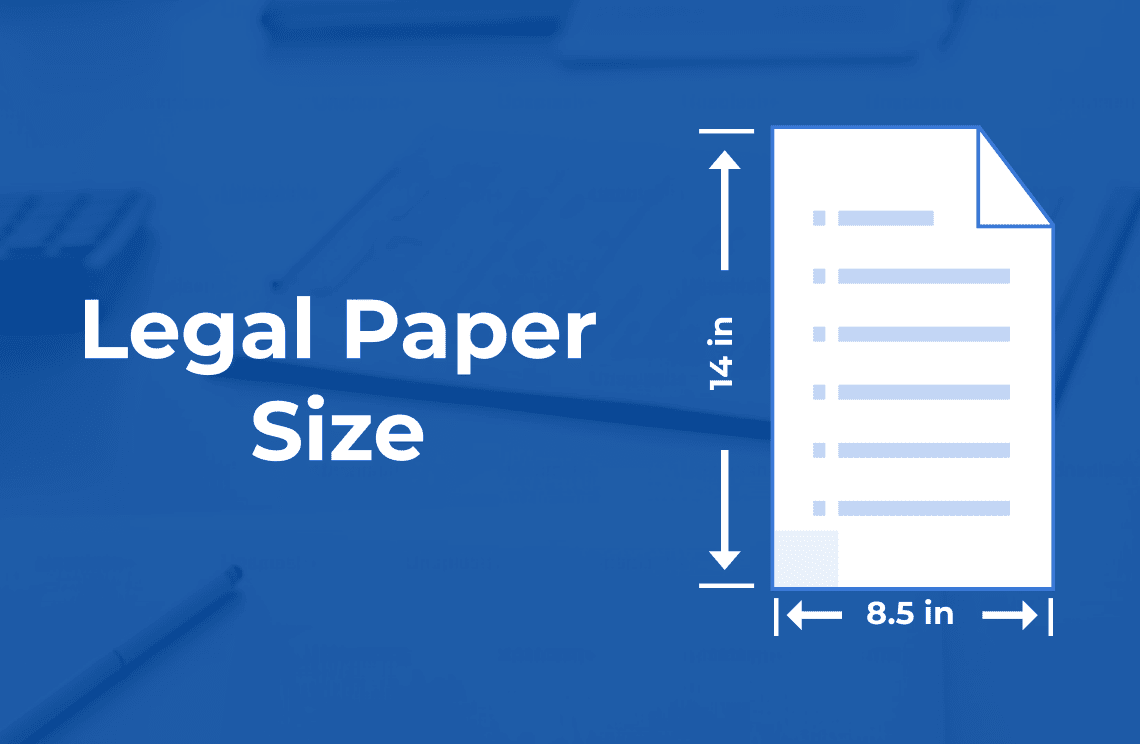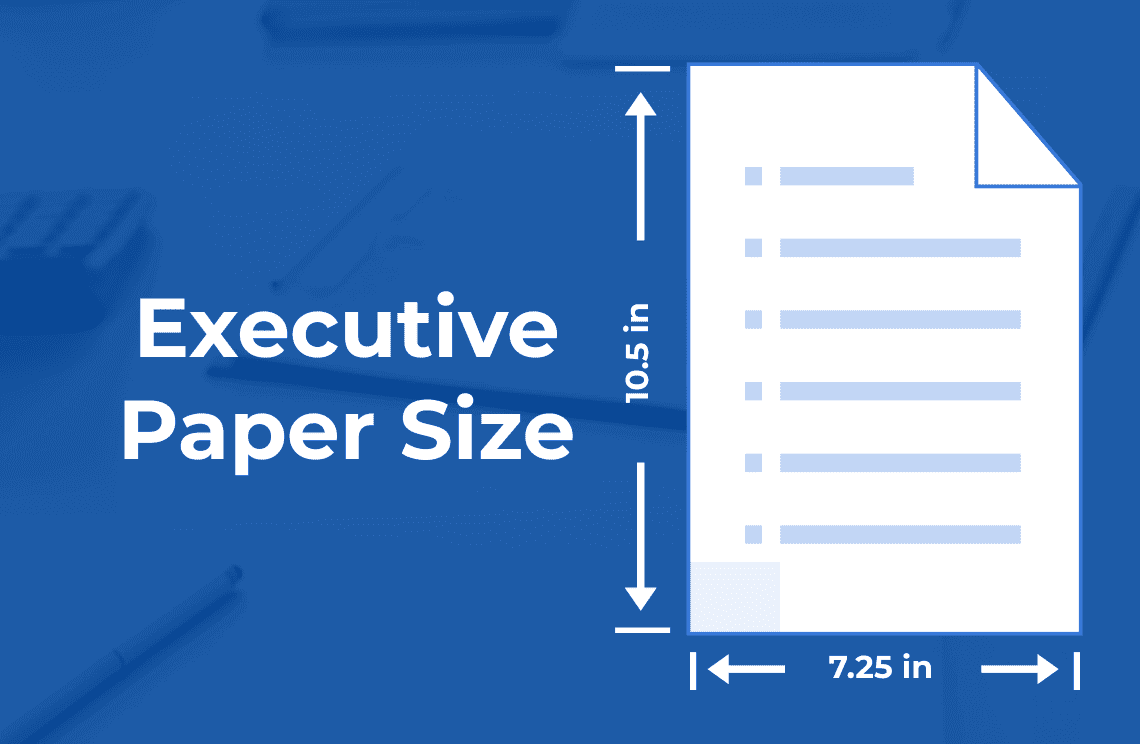Tabloid paper is a larger paper format often used for projects that require more space than standard letter or legal sizes. This can lead to confusion, as the term "tabloid" is also associated with newspapers, which don't always adhere to the exact dimensions of tabloid paper. So, what exactly is the size of tabloid paper, and how does it differ from other formats?
Understanding Tabloid Paper Size
Standard tabloid paper measures 11 inches by 17 inches. This consistent size across North America is also known as ANSI B. For a visual reference, imagine a sheet slightly larger than two standard letter-sized papers placed side-by-side.
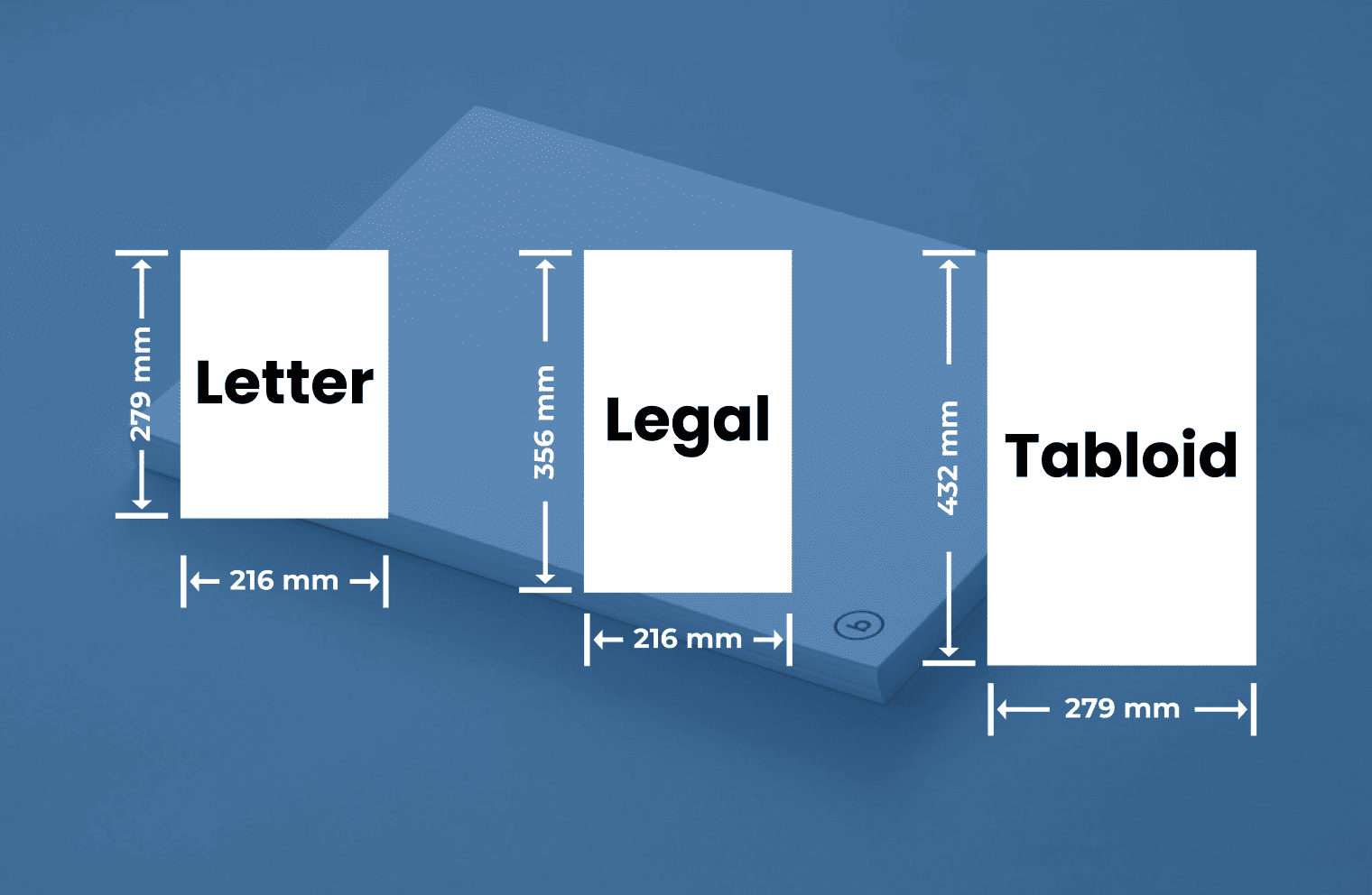
Tabloid Paper vs. Newspaper Format
It's important to distinguish between tabloid paper size and the format of tabloid newspapers. While some tabloid newspapers might use paper close to the 11x17 inch dimension, many use varying sizes due to factors like printing equipment and regional preferences. The term "tabloid" often carries a connotation of sensationalized news content, but it doesn't necessarily correlate with a specific paper size.
When to Use Tabloid Paper
Tabloid paper is ideal for projects that demand extra space:
- Posters and charts: Its large format is perfect for creating eye-catching visuals.
- Brochures and flyers: Tabloid paper allows for more content and impactful design.
- Architectural plans and blueprints: The size accommodates detailed drawings and technical information.
- Large spreadsheets or technical drawings: Complex data can be presented clearly on this format.
Alternatives to Tabloid Paper
While tabloid paper offers ample space, other options might suit your needs:
- Letter size: This standard format is widely compatible for most documents.
- Legal size: For longer legal documents or contracts, legal size is suitable.
- A3 size: Similar to tabloid, A3 is internationally recognized and offers a comparable area.
- Poster layout: For large visuals, creating a poster layout on multiple standard-sized sheets is an alternative.
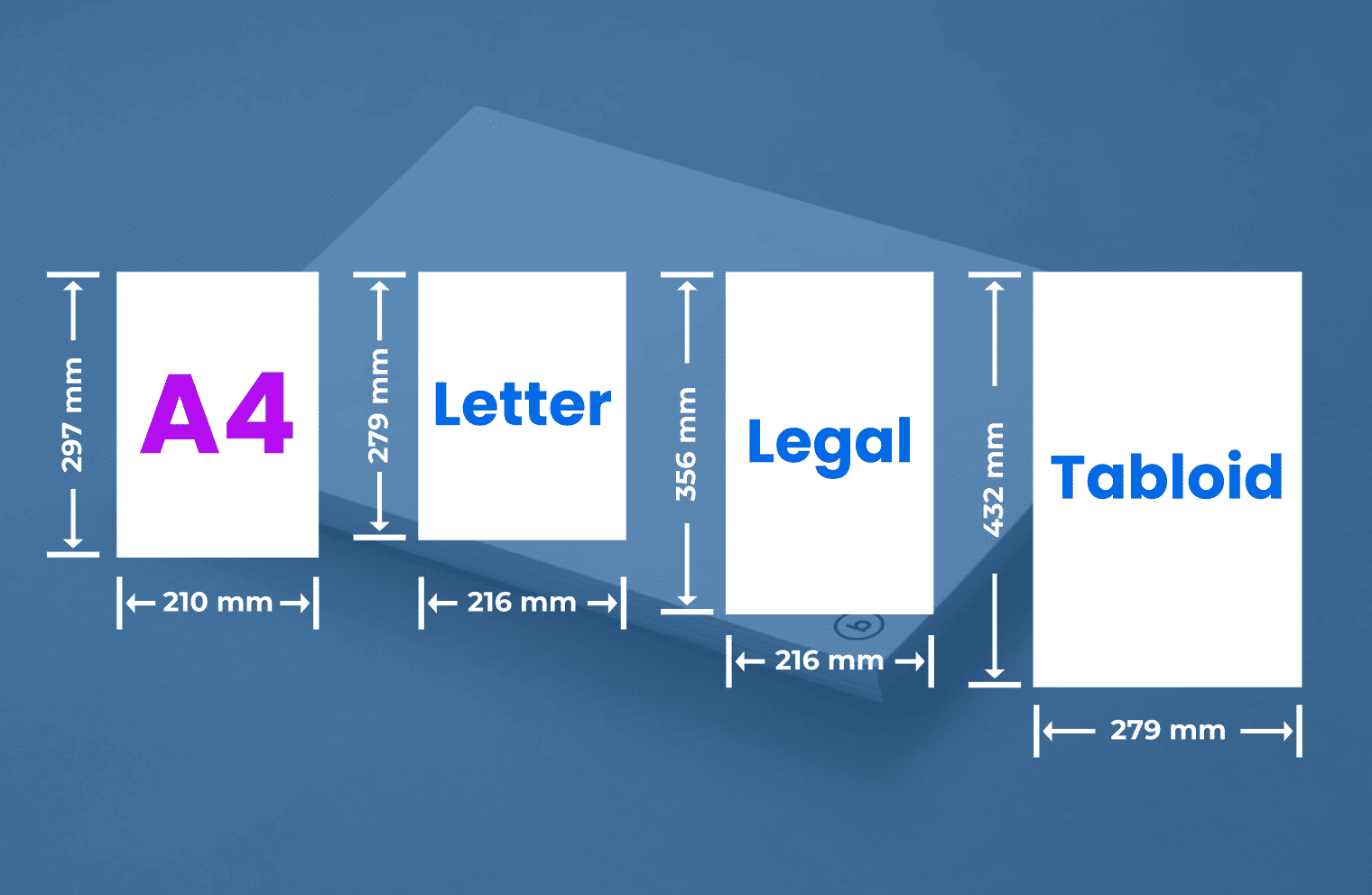
Additional Considerations When Choosing Paper
Beyond paper size, other factors influence your choice:
- Paper weight and type: Cardstock is ideal for posters, while plotter paper is suitable for large drawings.
- Printer compatibility: Ensure your printer can handle tabloid size. Wide-format printers are often necessary.
- Digital shift: With increasing digital document sharing, consider if physical tabloid paper is essential for your project.
Frequently Asked Questions about Tabloid Paper Size
What are the most common uses for tabloid paper?
Tabloid paper is versatile and finds application in various fields:
- Graphic design: Posters, brochures, and marketing materials often utilize tabloid size for maximum impact.
- Engineering and architecture: Blueprints, technical drawings, and floor plans benefit from the ample space.
- Education: Educational posters, maps, and charts can be effectively presented in tabloid format.
- Photography: Large prints and photo displays can be showcased on tabloid paper.
Can I print on tabloid paper using a standard printer?
Most standard printers are designed for letter or legal size paper. To print on tabloid paper, you'll need a wide-format printer capable of handling larger paper dimensions.
How do I convert a document from letter size to tabloid size?
Enlarging a document from letter to tabloid size might introduce quality issues. It's generally recommended to create the document directly in tabloid size for optimal results. However, some graphic design software can handle resizing while maintaining reasonable image quality.
Can I use tabloid paper for digital documents?
While tabloid paper is a physical format, you can certainly create digital documents with those dimensions. Many design software programs allow you to set custom page sizes. If you need to work with digital tabloid documents efficiently, consider using software like PDF Agile, which is designed to handle various document sizes and formats seamlessly.

